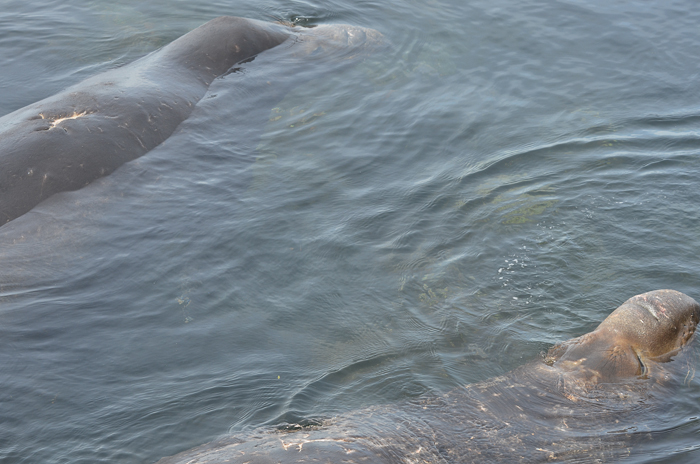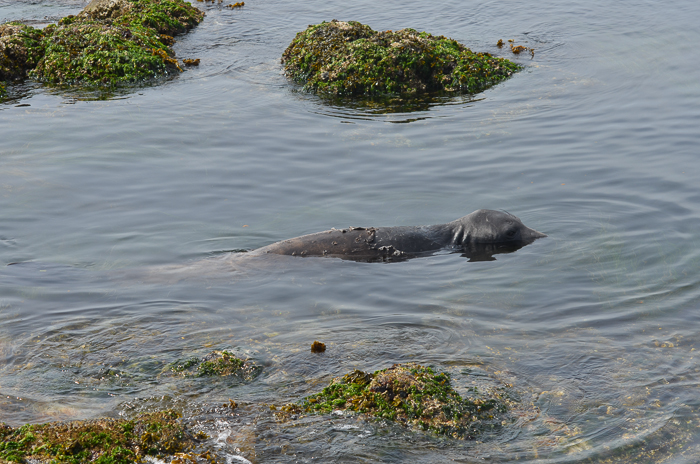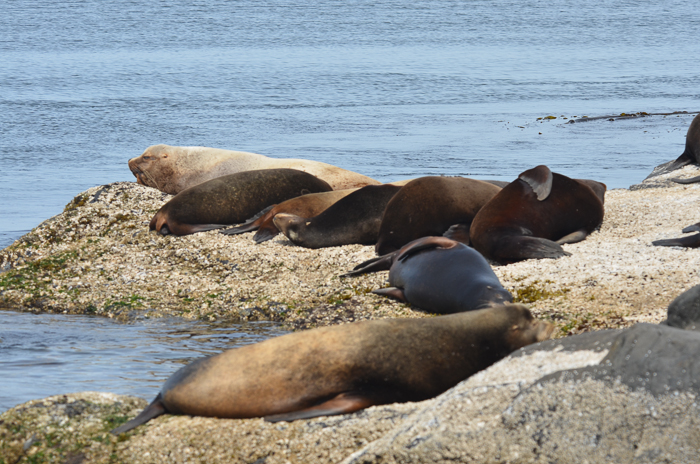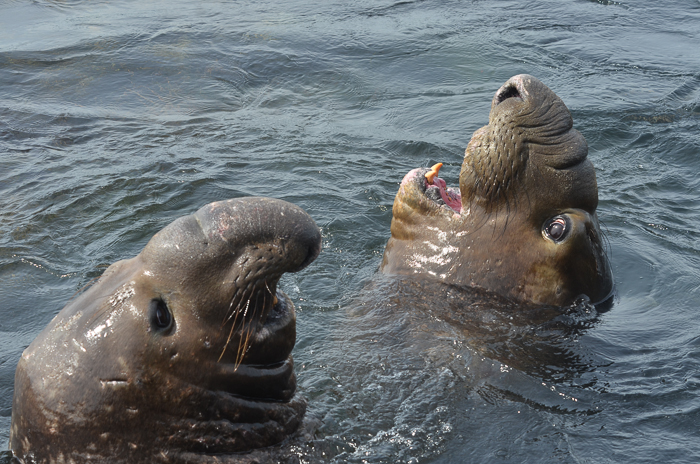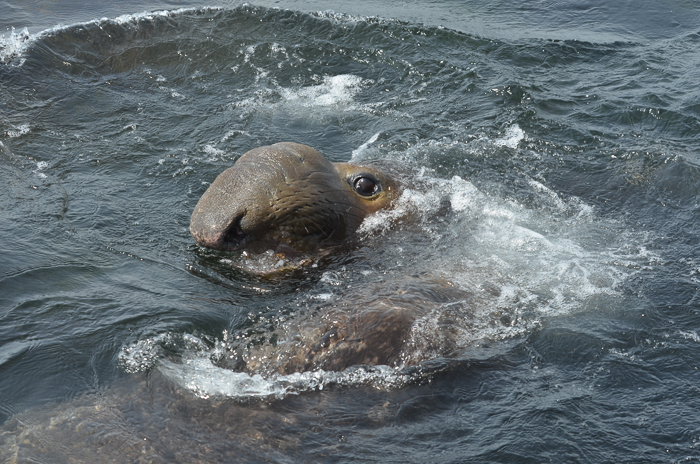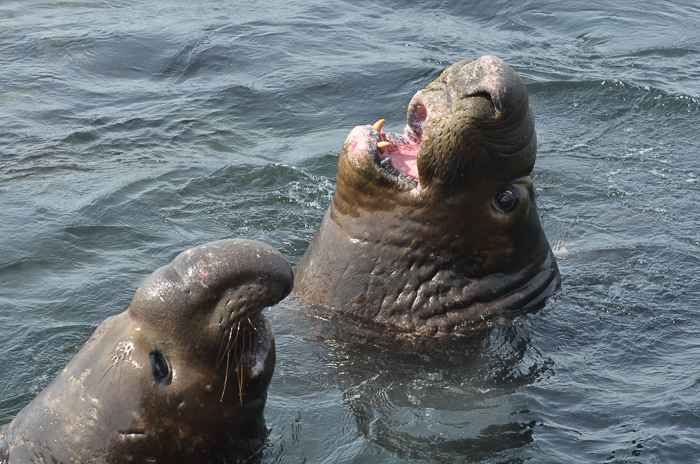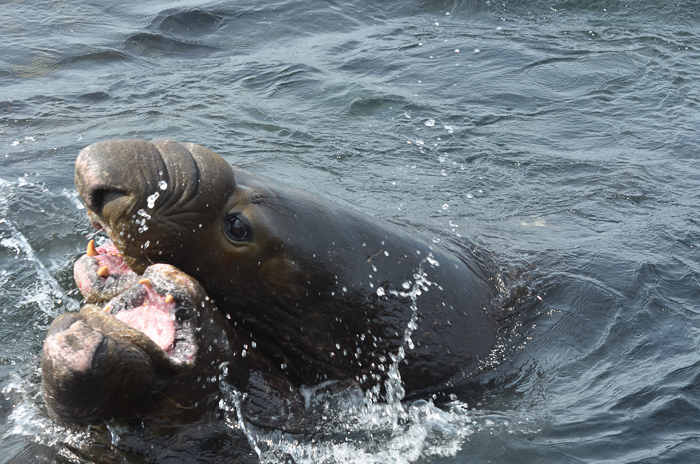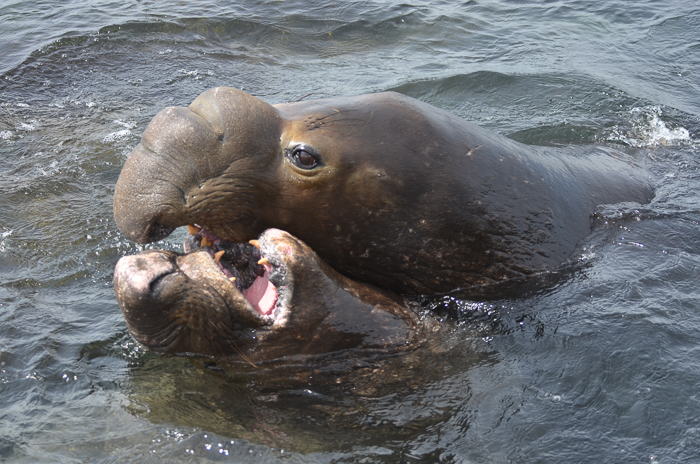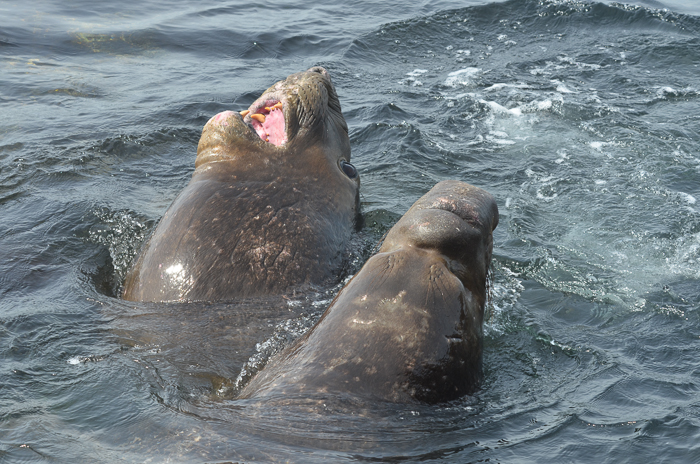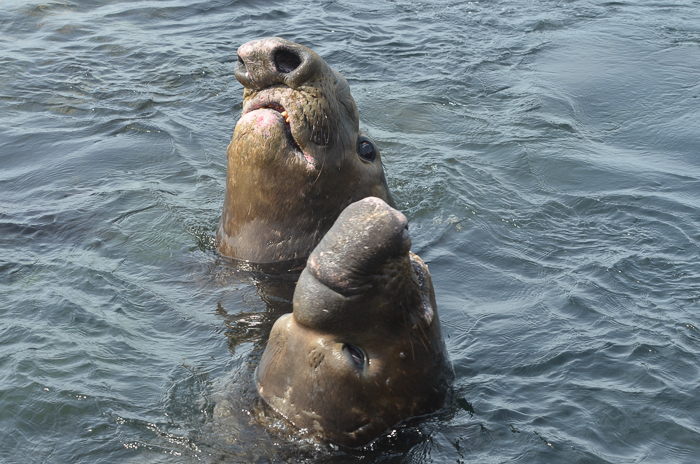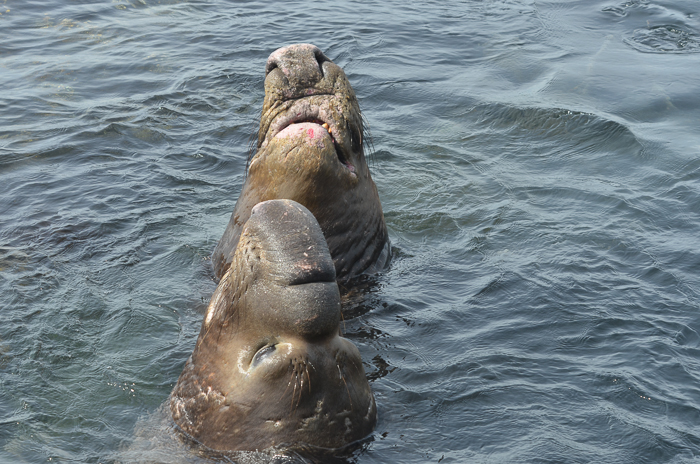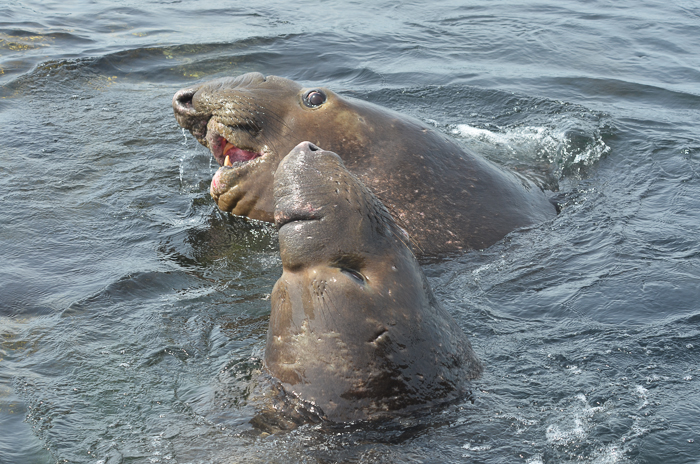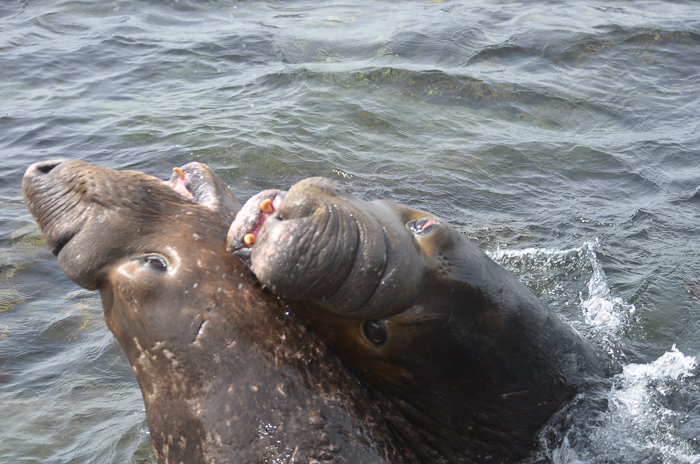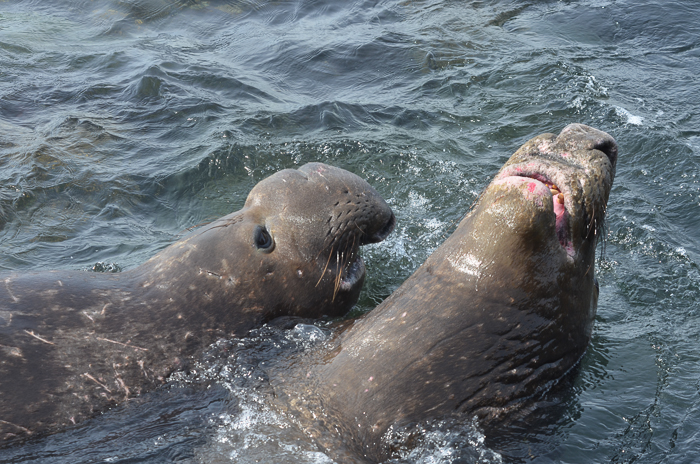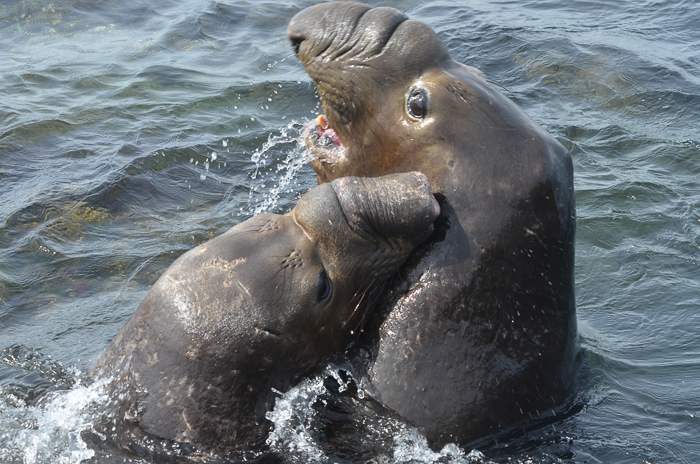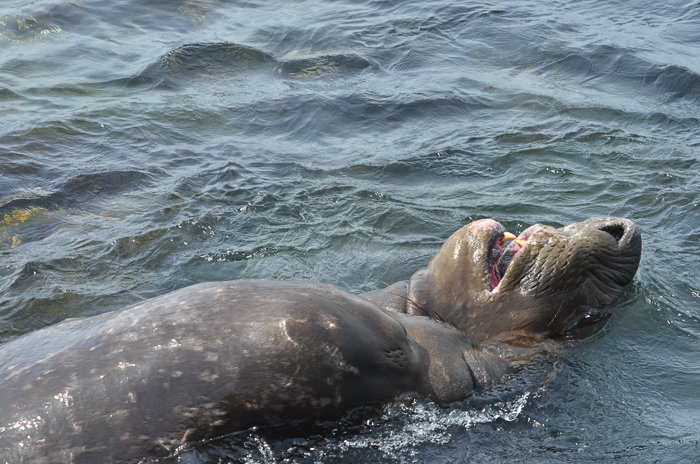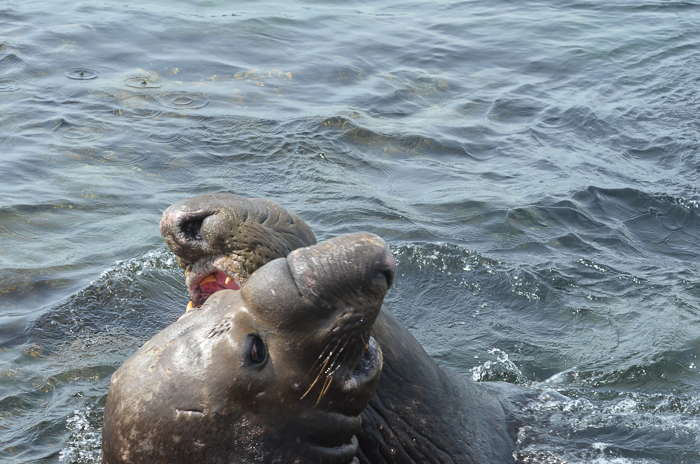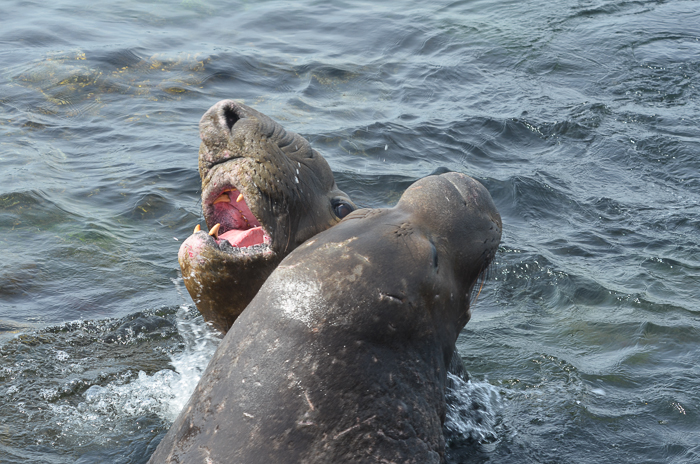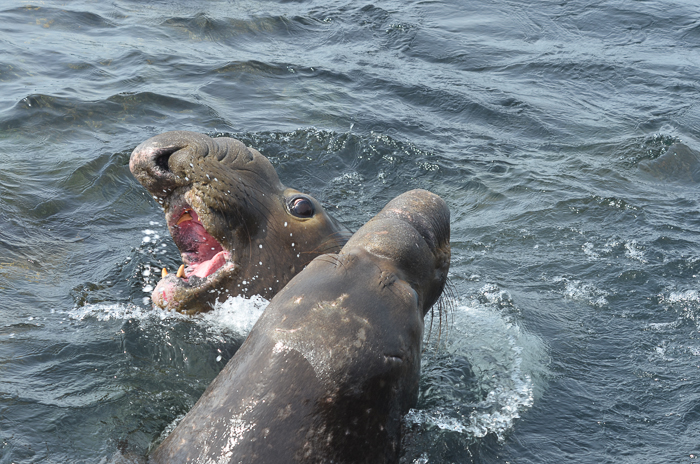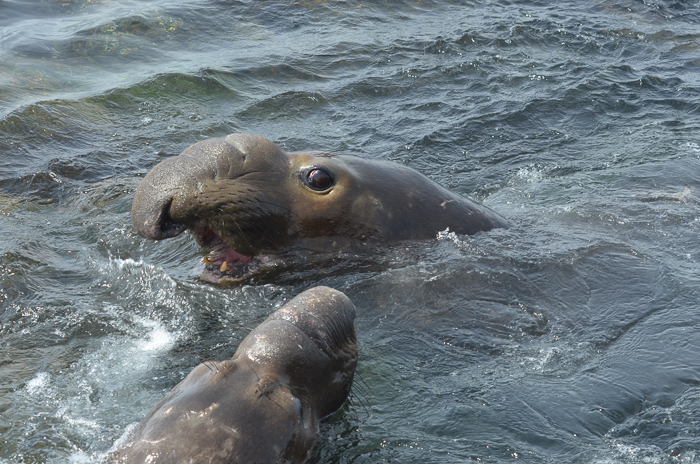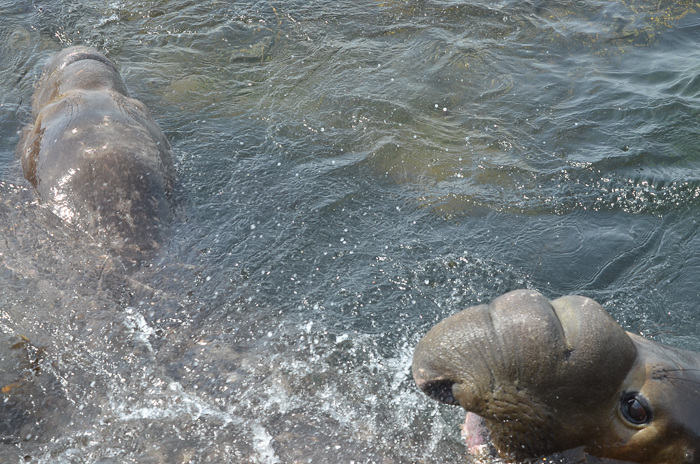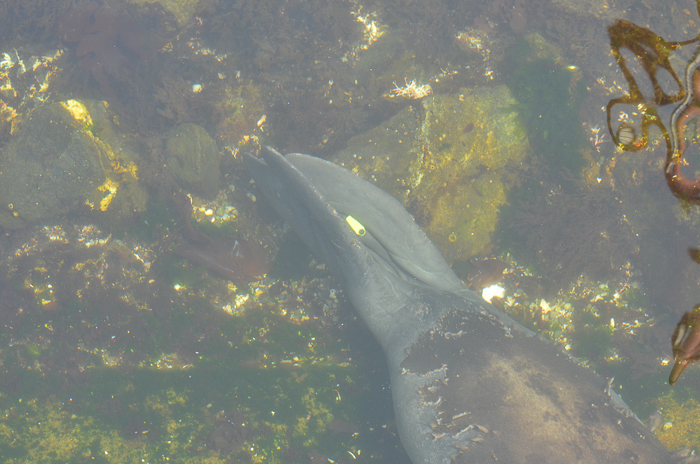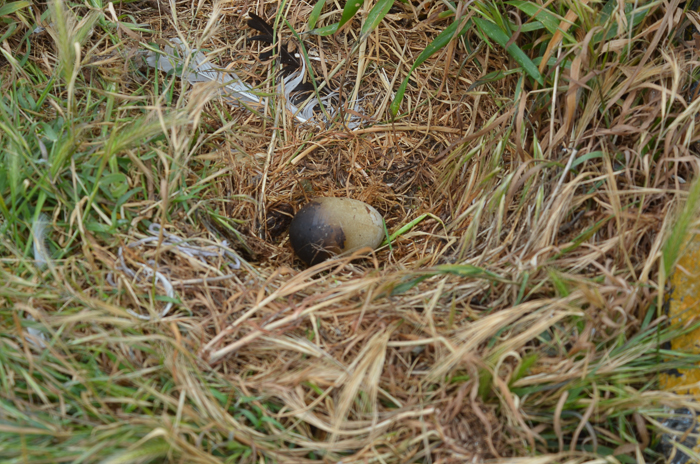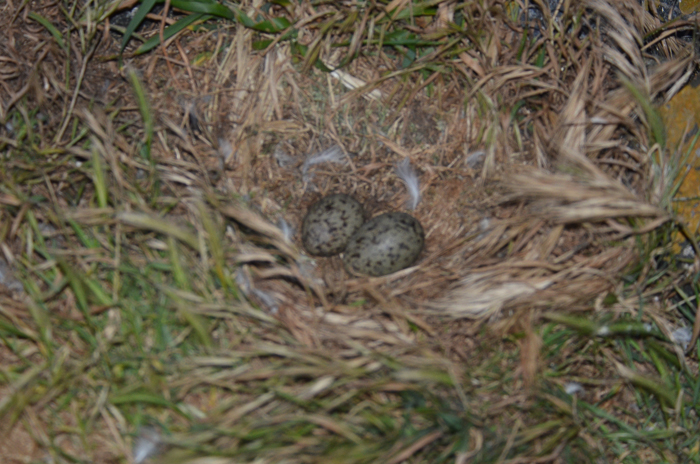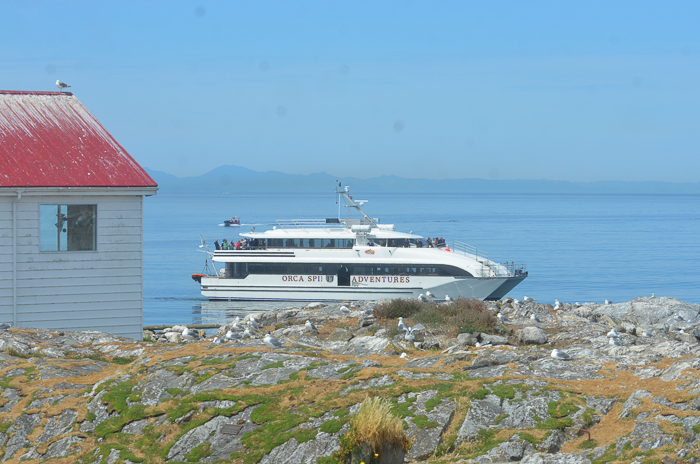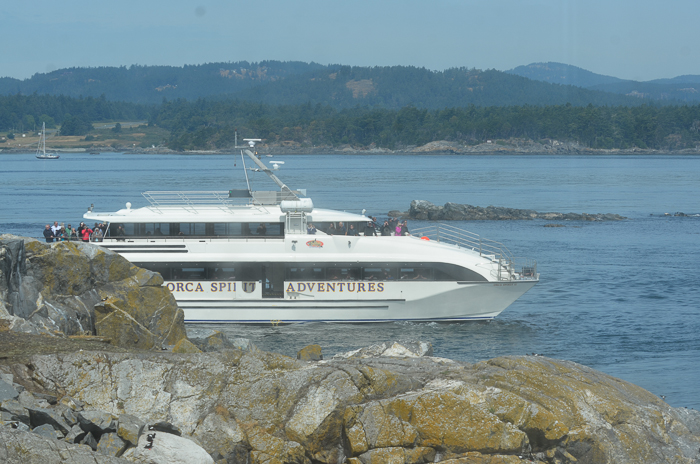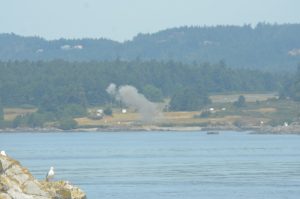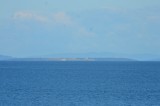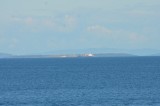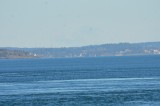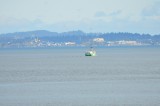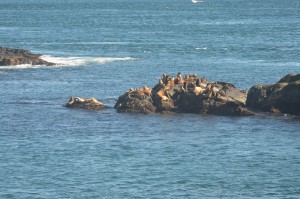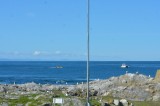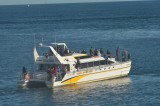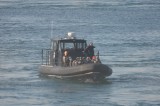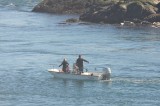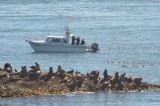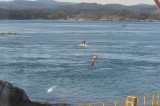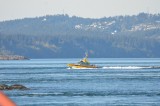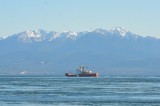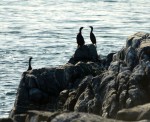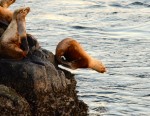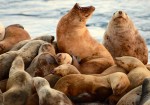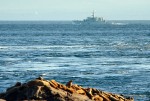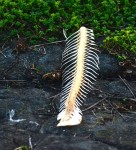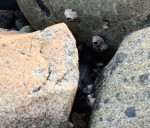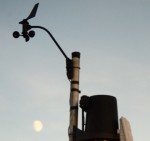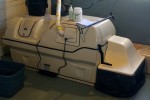Weather
- Visibility: 15+ miles
- Wind: 0 knots most of the day, until the evening when it hit 40 knots West
- Sky: clear and sunny
- Water: calm
Ecological
- 14 elephant seals on Great Race; 2 on Middle Rock.
- Chunk and Chuckles engaged in friendly water battles for over an hour.
- The tagged female elephant seal from California is still around.
- The single odd looking seagull egg from May 29th has turned into 2 normal gull eggs.
- Chunk and Chukles
- Ms. California
- Sea Lions
- Battle!
- Ms. California
- Ms. California tag
- Before
- After
Maintenance
- Topped up the tidy tank with diesel.
- Cleaned the solar panels.
- General cleaning up.
- Wrote the month end report.
- Sent off the May seawater data.
Boats
- At 12:30 there were 5 large eco-tours in the reserve at once. This might be too many at once?
- What is quite probably the largest eco-tour I have ever seen came through Middle Channel today.
Other
- At least 7 DND blasts today.
- They came at 9:46, 9:47, 9:48, 10:29, 10:29, 10:30, and at 11:03.
- The first 6 were medium blasts; the last one was huge.
- Usually we are notified ahead of time of blasting, but the most recent email only indicated blasting from June 1-3.
- Today is the last full day of my shift. Guy and Christine will be taking over tomorrow.

